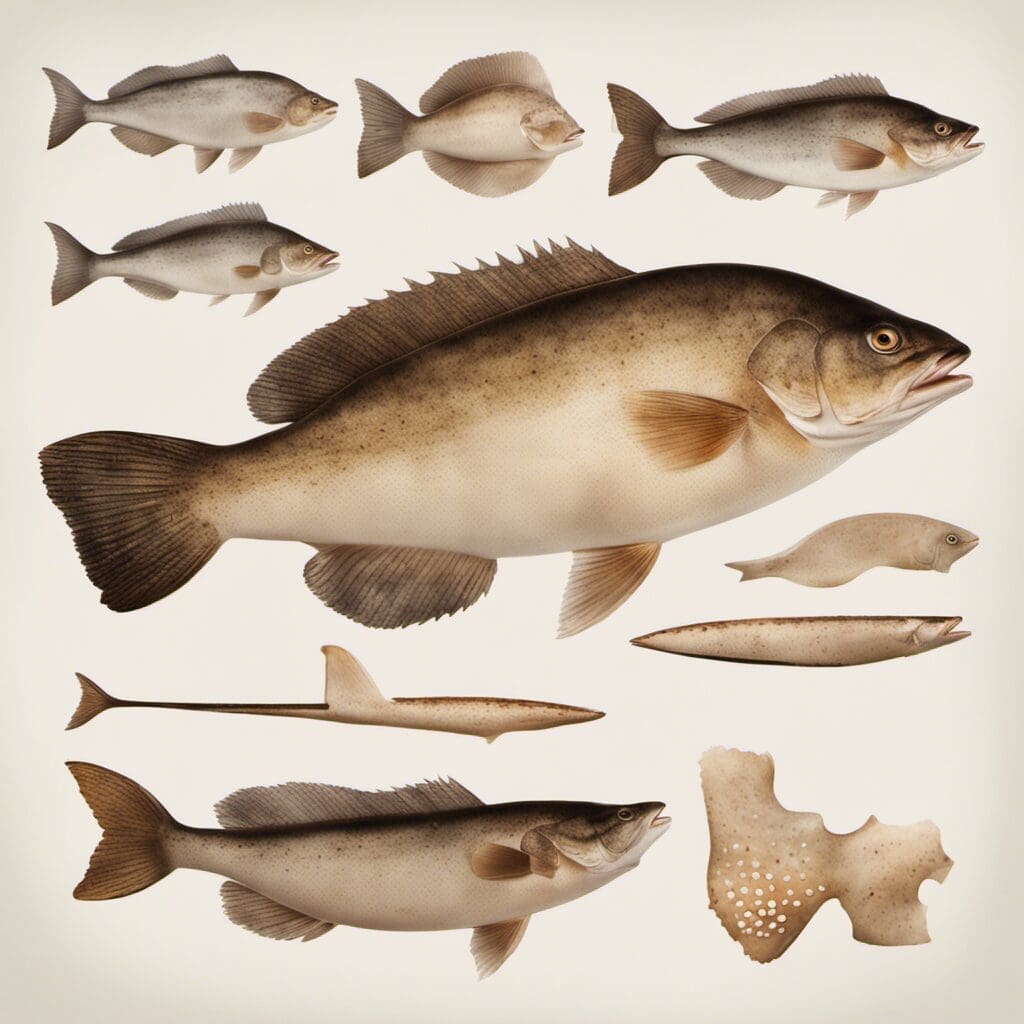Introduction
The English Sole, scientifically named Parophrys vetulus, is a flatfish that belongs to the Pleuronectidae family. This marine species is iconic for its slipper-like shape and ability to effortlessly camouflage with sandy environments.
Conservation Status
The English Sole is currently categorized as “Least Concern” by the International Union for Conservation of Nature (IUCN). This status indicates that it is not currently facing an immediate threat to its population or its habitats. Conservation efforts for this species are typically focused on maintaining clean and sustainable marine environments.
Statistics
| Statistic | Value |
|---|---|
| Average Length | 20 to 36 cm |
| Length Range | Up to 60 cm |
| Average Weight | 0.5 to 2 kg |
| Weight Range | Up to 3 kg |
| Average Lifespan | 10 years |
Distribution
The English Sole is widely distributed across the Northern Pacific, spanning areas from the Sea of Japan to Baja California. The species is largely sessile, though some migration to deeper waters is observed during winter months.
Habitats
The English Sole primarily resides in marine environments, specifically muddy and sandy bottoms. It prefers a depth range between 10 to 360 meters, and typically tolerate temperature ranges from 3 to 16 degrees Celsius.
When and Where to See
The English Sole is most active during nighttime feeding periods. They are also often seen during low tide when they come closer to the shore to feed.
Best Fishing Locations
The English Sole’s favorite hunting grounds include:
- Salish Sea, British Columbia
- Baja California, Mexico
- Puget Sound, Washington
- Bering Sea, Alaska
- Sea of Japan, Russia/Japan
Typically, to find English Sole, look out for sandy or muddy bottom environments in moderate depths.
How to Catch
Preferred bait for English Sole includes shrimp, worms, squid, and small fish. Traditional bottom fishing techniques are most successful. As for timing, night is the best time for fishing, especially during high tides.
Identification Guide
The English Sole has a flat, oval body with a small mouth. Its brownish-gray top side, with occasional lighter spots, helps it camouflage with the sea floor. It is typically mistaken for the Dover sole but can be differentiated by a shorter and blunter snout.
Culinary
English Sole is appreciated for its light, sweet, and delicate flavor. It’s often baked, grilled, or pan-fried, and its low-fat, high-protein profile makes it a popular choice among health-conscious consumers.
Additional Information
English Sole feed on a variety of small invertebrates such as worms, crustaceans, and clams. Predators include larger fish, sea birds, and marine mammals. Historically, English Sole has held significance in various cultures, serving both as a valuable food source and a symbol of prosperity and abundance in some folklore narratives.
References and Further Reading
The Fishbase and IUCN Red List websites provide more detailed information on the English Sole. The book “Fishes of the Pacific Coast” by Gar Goodson offers a comprehensive guide to marine species, making it a great resource for anyone interested in the subject.

